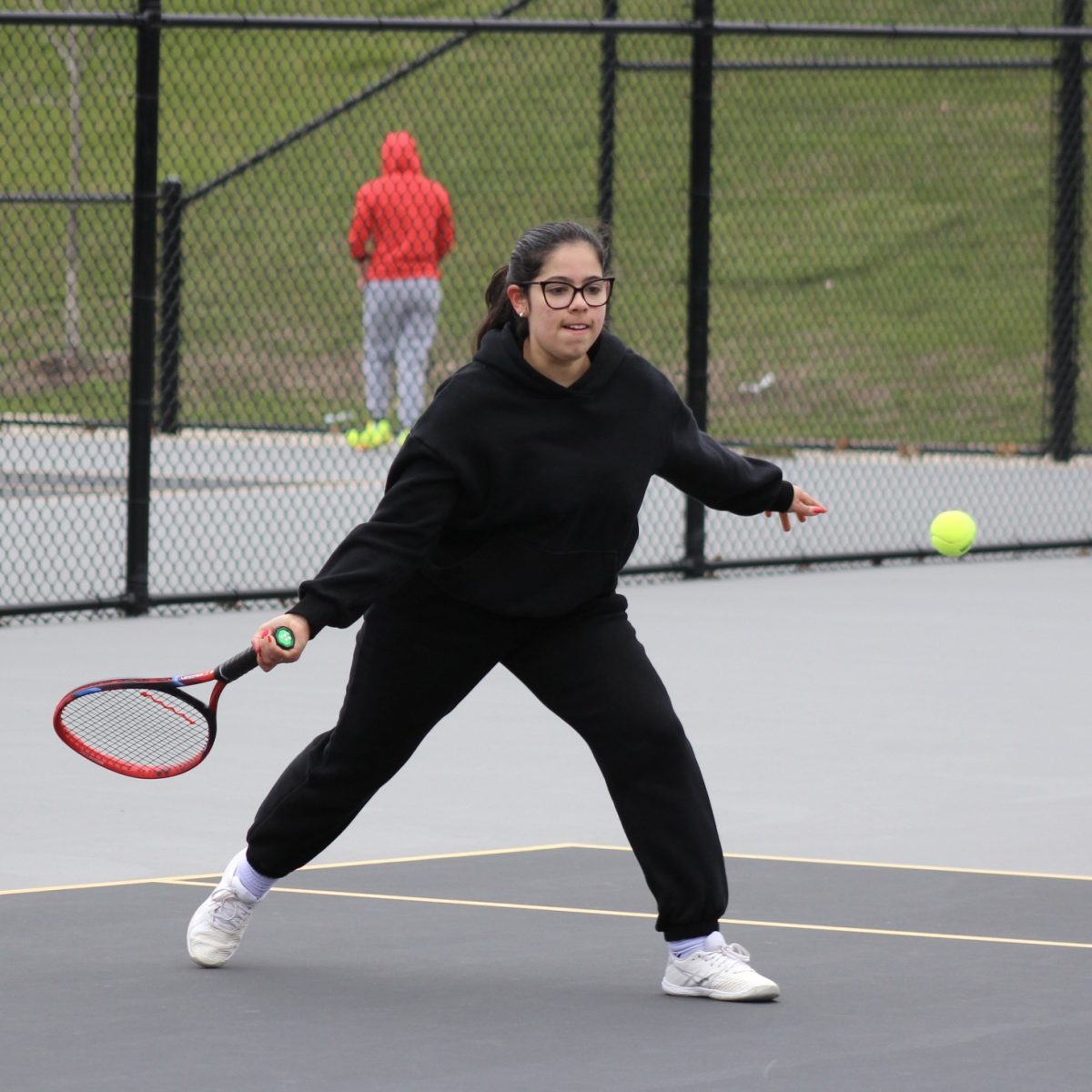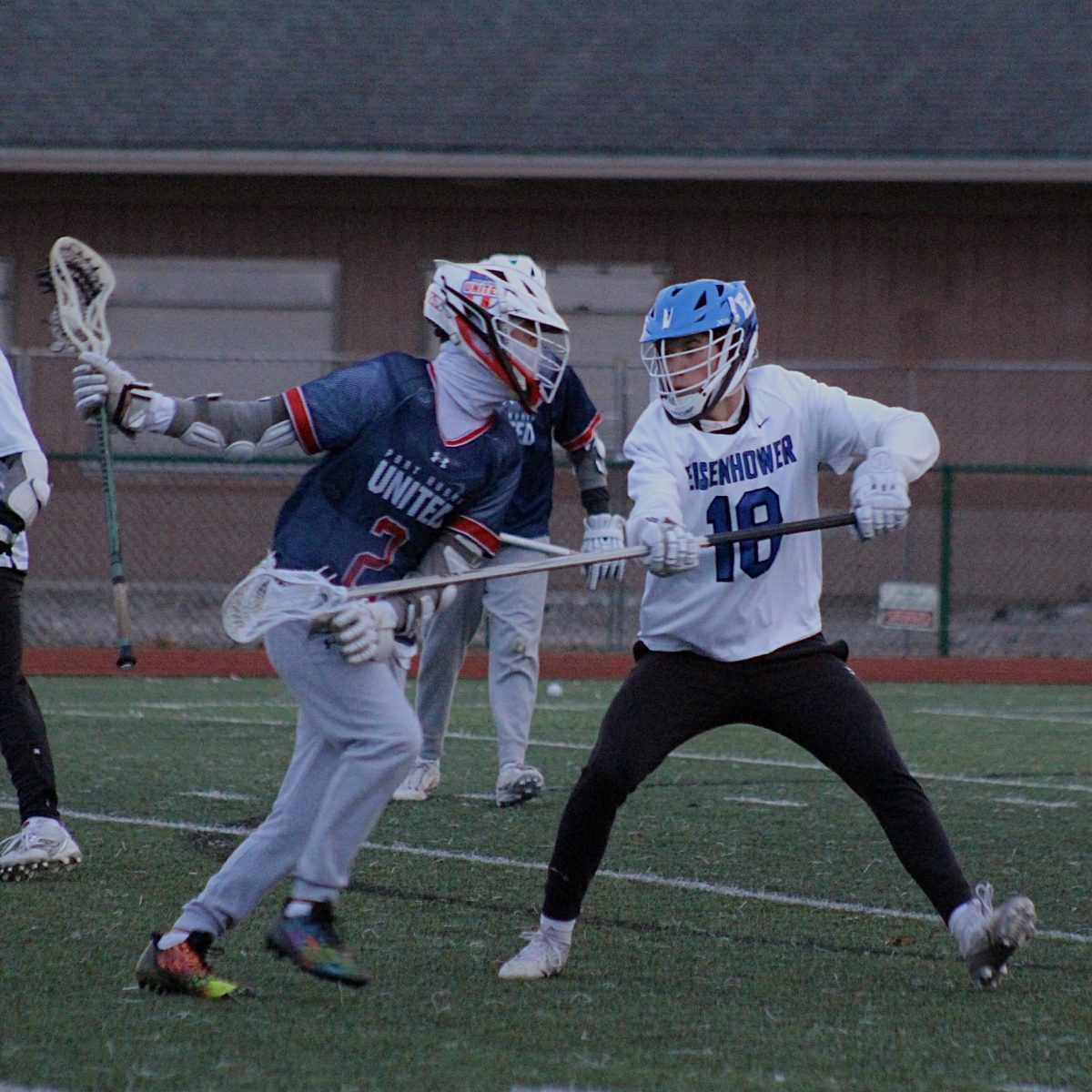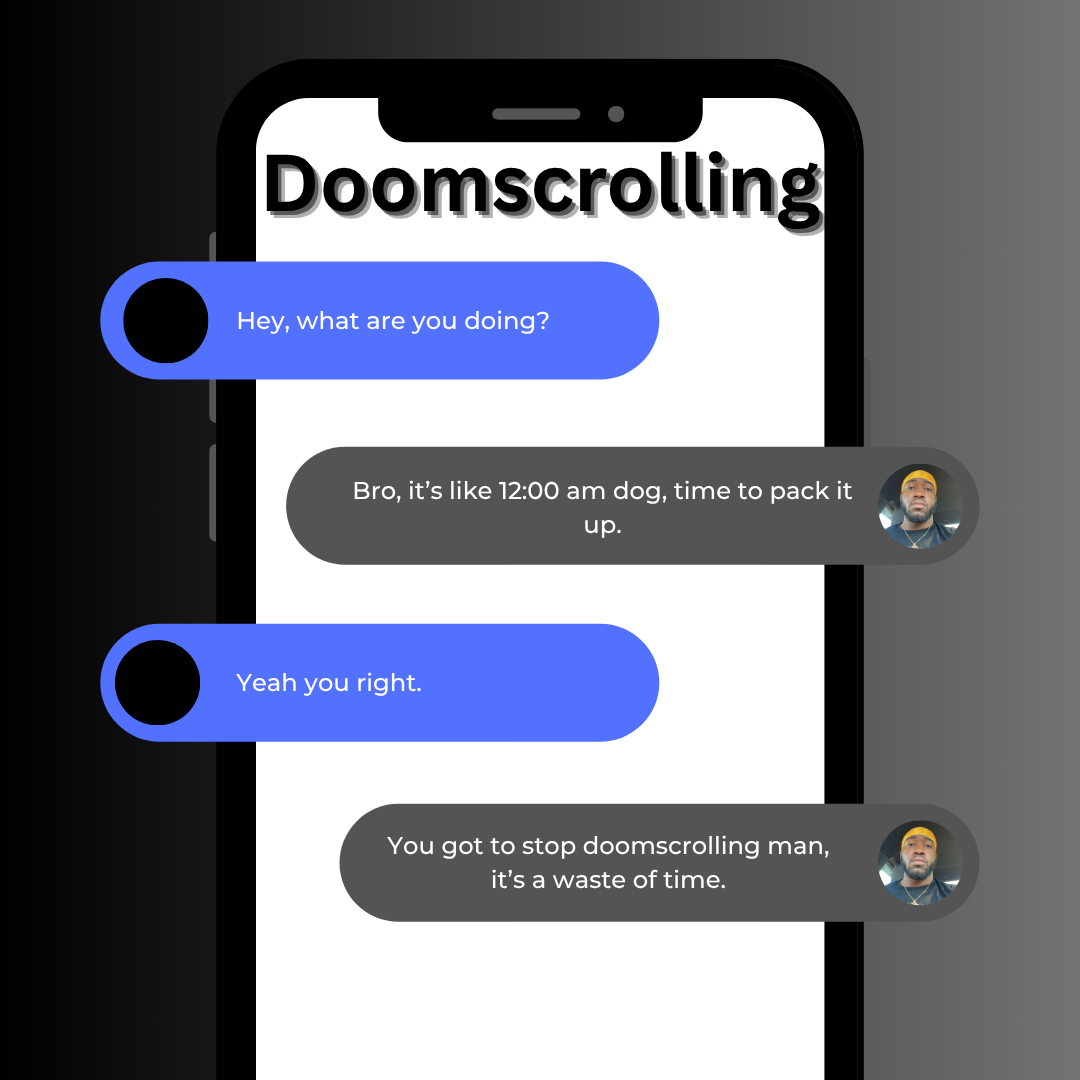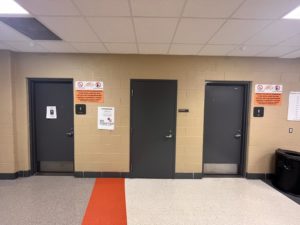PUT YOUR HANDS UP
Warnings, restrictions for teen drivers
December 16, 2019
Its every sixteen-year-old’s dream – a car. The freedom of driving around with your friends, turning the music up loud, having the windows down – it’s the teenage dream. What if that is taken away? It only takes a dumb mistake. It’s every teenager’s nightmare – getting pulled over.
Rules Young Drivers Might not be Aware of
Many students forget or are unaware of rules with their new license. Students have the mindset that once they get their license, they have complete freedom, which is wrong. Yes, they have the freedom of getting to-and-from places, but they do not know about the ways they can get in trouble with the way they drive.
There are passenger restrictions that limit the number of people who can be in the car with teens. Many states don’t allow any passengers under the age of 18, unless they are immediate family.
A report by Michigan.gov says, “During the first six months the newly licensed driver may not have any passengers in the vehicle except for: Licensed driving instructor; or parents or legal guardian, at least one of whom holds a valid driver license; or person providing instruction who is at least 20 years old, has held a license for at least 4 years with no suspensions during the last 4 years.”
On the other hand, a level 2 licensed driver shall not operate a motor vehicle between 10 p.m. and 5 a.m. except when: driving to or from or in the course of employment, driving to or from an authorized activity; or accompanied by a parent or legal guardian or a licensed driver 21 years of age or older designated by the parent or legal guardian, according to Michigan.gov.
A level 2 licenses driver also “shall not operate a motor vehicle at any time with more than one passenger in the vehicle who is younger than 21 years of age except: when the additional passengers are immediate family members; when driving to or from, or in the course of employment; while going to or from an authorized activity; or when accompanied by a parent or legal guardian, or a licensed driver 21 years of age or older designated by the parent or legal guardian.”
Having too many friends in the car alongside the driver can be a problem. The driver can have as many family members as can fit in the car, but a maximum of only one (non-immediate family member) friend.
In the Eyes of an Officer
Shelby Township Police Officer Jim Malczewski is a detective in the youth bureau. He says his job is to “not get students in trouble, but to keep them out of trouble.”
“The first thing I do, is to try to put [teen drivers] at ease,” Malczewski said. “If it’s a traffic violation, I’ll try to use it as a teaching moment. It doesn’t mean that you’re not going to get a citation, but mistakes happen. If nobody is hurt and if it’s not a crash- then it is what it is. It’s a traffic stop. It’s a learning moment. How many hours do you have to do for drivers training now? A lot. Well the more you drive, then the more experience you’ll get. And you can read all the pamphlets and books you want, until you’re behind that wheel experiencing traffic- especially in and around this township- that is the best teaching. It’s driving. So if there is a mistake and I am behind you with my flashing lights, we’ll use that as a teaching moment, as well.”
Officer Dennis Washburn is a patrol officer and is involved with traffic enforcement, and said he, like Malczewski, has dealt with teenagers “freaking out” when they are pulled over.
“I kinda mirror who I am stopping, so if I walk up to your window, get a ‘Good afternoon,’ and I say ‘License, registration, and insurance,’ [the driver acts] one of two ways,” Washburn said. “They either say ‘Well hello, here’s my license and registration’ or what we get a lot is, ‘You don’t have anything better to do than to pull me over? There’s a real crime out there.’ So either way you talk, I can see where this is heading. So believe it or not, nobody gets enjoyment out of pulling someone over. No officer I know likes to write a ticket, but you realize people talk themselves into getting themselves a ticket.”
Malczewski pointed out that both he and Washburn have kids, so they understand what it’s like, and enjoy working with teens.”
“We are tasked with enforcing the rules of the road, so we don’t necessarily get any enjoyment out of writing tickets–and I try not to,” Malczewski said. “But with that being said, some people definitely talk their way into getting a ticket or getting arrested. Your behavior plays a huge role with it, and when I walk up and see that [a driver] puts both hands on the steering wheel and rolls down the window, it’s a good thing. Typically people who do that are very nice people, and then I’ll try everything in my power to not issue a ticket, but other times we can’t avoid it.”
Learner’s Permit
“I finished my first segment of driver’s training not too long ago,” sophomore Ryan O’Herron said. “Now, I am trying to drive as much as I can with my parents or older brother so that I can add up all my hours. Then, I have to take segment two, take my test, and license here I come.”
Many students know that they have to take a driver’s education class in order to get their license. After that, students must complete the required time on the learner’s permit, which is usually written down or tracked by using the app called “Road Ready.”
Once they drive the required supervised hours, drivers can get an intermediate level permit when they meet their state’s age requirements. For Michigan, the age is 14 years old and 8 months. This permit allows the student to drive, but with some regulations, such as having a licensed adult with them.
Accidents
More accidents happen to young drivers compared to more experienced drivers. Some of the leading causes of accidents for young drivers are the driver’s inexperience, driving with teen passengers, nighttime driving, not using seat belts, distracted driving, drowsy driving, reckless driving, and impaired driving.
Most people would think that because of the slick, icy, and harsh conditions during winter, that winter season would be the time where accidents are at a high. However, according to the National Highway Traffic Safety Administration, summer is actually when the most car accidents occur. It was also said that Saturday is the “most-likely-to-get-in-a-crash” day.
“It was one of the scariest moments while I was driving,” junior Annie Droelle said. “I was on my way to a sleepover with my friends Caroline, Ella, and Katie. It was winter and there was a lot of snow, but the roads where somewhat plowed. I was so close to getting to their house, probably five minutes away. Throughout the whole drive, my maximum speed was probably 20 miles per hour. I was making sure I was going to get there safe. Out of nowhere, I don’t have control. I am driving on black ice. My car was sliding, I tried to turn the wheel, but I was almost off the road. I couldn’t stop the car, I had absolutely no idea what to do. I was at the verge of tears, there was cars coming my way, cars behind me, cars in front of me, I was for sure I was going to end up in a crash. Thankfully the black ice was gone and I was on the road again. I make sure to always be aware of the conditions while I drive and to try to be as cautious as I can. Reacting is a major key factor when it comes to driving, and I always try to keep calm.”
In the United States, the number of fatal crashes per mile is three times higher for 16-to-19-year-olds than adults 20 years and older. Because if this, parents should be very involved in their teen’s “driving life.” Parents need to know that their teenage drivers need to be insured because their first “fender bender” will be unexpected.
Parents also should talk to a lawyer about their potential liability if their young driver causes or is in an accident with injuries. Through driver’s education class, most students will forget half the information they are told or maybe they aren’t told some information.
Making sure that the parent and the driver know the driving permit restrictions will help both the parent and the driver to learn all the rules too. Parents should also keep up on their kid’s knowledge on traffic regulations.
“Parents reminding their driver(s) of the rules if they see another driver on the road making a bad driving choice, such as speeding or erratic lane changes,” according to Michigan.gov. “Remind them of basic traffic rules before you head out on a drive together. Most important, model good behavior behind the wheel to reinforce the safe driving habits you want them to adopt. For example, resist the urge to see your mobile device while driving. If you need to send a message, ask your teenager to text for you and offer to do the same for them when it’s their turn behind the wheel.”
All of these factors can help lower the chances of any accidents happening to young drivers.
At the end of the day, it’s not your parents, teachers, friends, police officers, lawyers or insurance agents who are going to keep you, as a teenage driver, safe. You are. Take the time to drive safely and remember the rules you need to follow. Driving is a privilege that can easily be taken away.











